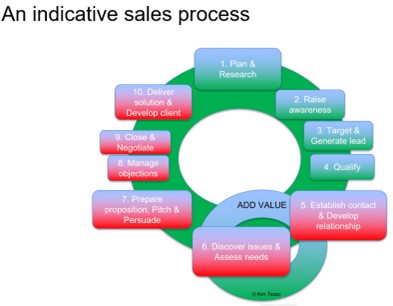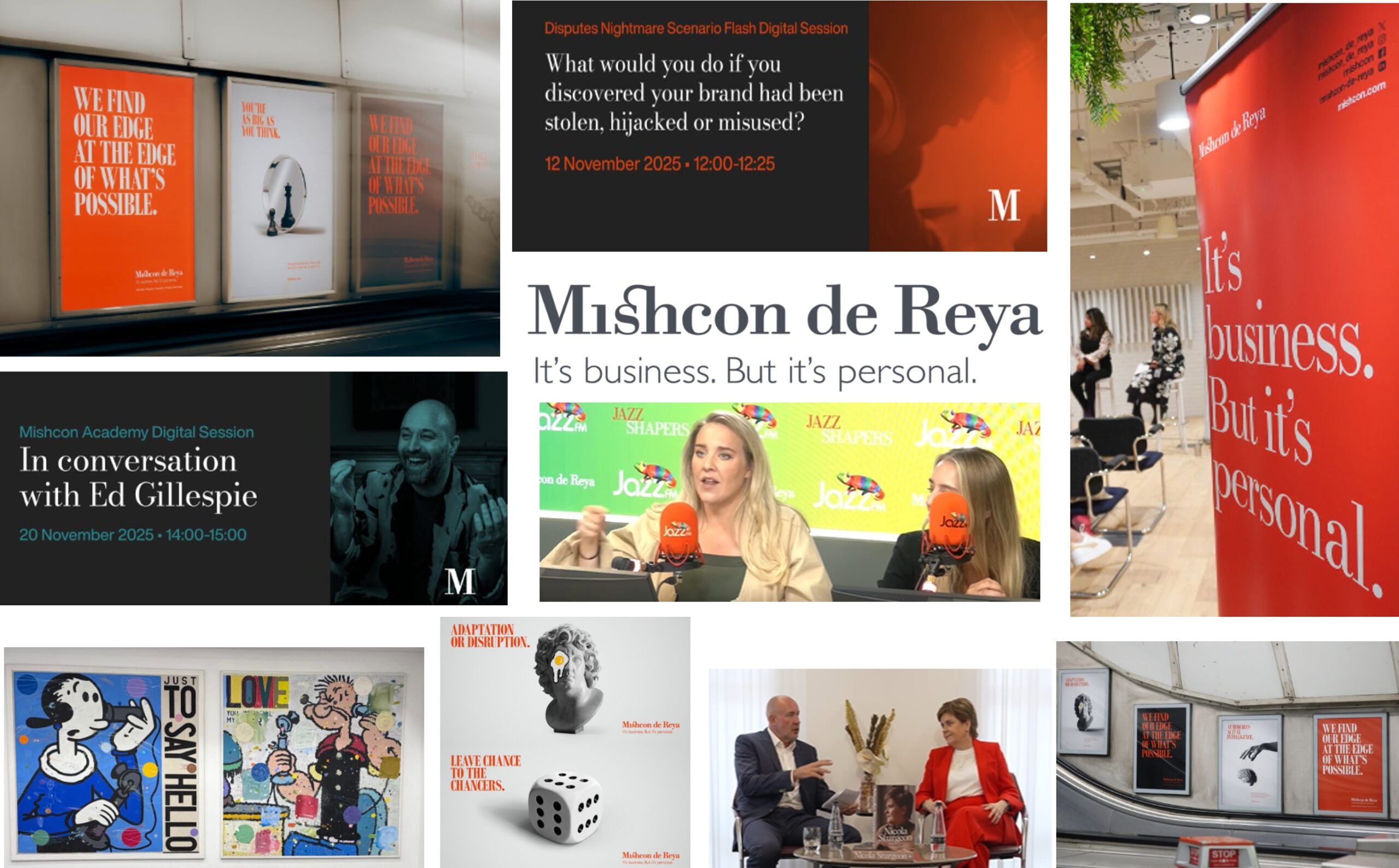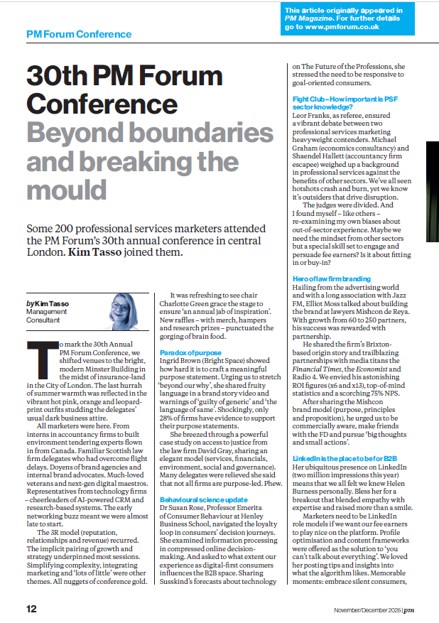
I had the pleasure of joining Chloe Christine of TBD marketing when she presented a training workshop on “Email marketing and automation” for PM Forum last week. Delegates (both those in general marketing/business development (MBD) roles and those specialising in client programmes, digital marketing and events) were from law and accountancy firms (with a strong representation from Scotland). Polls revealed that they considered themselves to be beginners or intermediates with email marketing. So here’s a short summary of the key points on email marketing and automation with TBD and PM Forum.
Goals and KPIs
We started with exercises to consider marketing and campaign goals and how these could be translated into email KPIs.
Goals included: attract new clients, relationship building, thought leadership promotion, positioning, increasing engagement, generating sign-ups and subscriptions, lead nurturing, download promotion, driving web traffic, participating in research surveys, event attendance, referrals and meeting/consultation requests.
Various KPI measures were mapped onto these areas: Open rates, click through rates, completion rates, subscribes, form completions, shares, forwards, downloads, survey responses and various types of conversion.
Chloe shared extensive lists comparing email marketing KPIs with post-click website analytics KPIs.
See also: What Is CRO for Your Email Marketing Campaign? | Emailable
Segmentation
Chloe talked through simple to complex segmentation approaches including: demographic, geographic, behaviour, psychographic, transactional and predictive.
We discussed other segmentation approaches for both private and commercial clients where location, sector and status (client, target etc) were important. Past interaction with emails, web site page visits, blog post views and events were also popular as well as last action date.
We looked at the segmentation tools in HubSpot (workflow automation), Surveymonkey, Typeform, Klaviyo (purchase potential) and Salesforce marketing cloud’s Einstein AI predictor.
Chloe shared examples to demonstrate how to tailor the tone of voice for the same emails going to different segments.
Email automation
On automation, she considered triggers for different segments, stages of workflow and personalisation. All delegates indicated that they were beginners in this area although many used automation for new subscribers, event registrations or client onboarding.
Most delegates had preference information (usually relating to topics of interest and geographic location) that could be used for automation. Chloe shared examples of embedding newsletter subscriptions into blog content. And how systems such as Zapier could extract URLs from RSS feeds to do this.
A/B testing
We explored the different elements that can be analysed with split testing including: headlines, subject lines, layouts, images, content, tone, colours, buttons, CTAs, sender name and personalisation.
Chloe highlighted tools to test the statistical significance of split testing results. She also mentioned that Looker Studio (google.com) could be used with all your downloaded email data to prepare a heatmap showing, for example, open rates throughout the day to identify the best time to send.
As all delegates reported that they did not feel entirely comfortable with GA4 analytics (Chloe has a session on this shortly – see Training | PM Forum) she also shared a fabulous email website traffic report template.
Other topics
Amongst the other topics covered (often in response to delegate questions) were:
- UTM parameters [GA4] URL builders: Collect campaign data with custom URLs – Analytics Help (google.com)
- Responsive email design
- Managing images with SVG formats
- Best practice with sharing video clips
- Email open rates by device
- GDPR checklist
Reflections
Some of my observations and reflections from the session:
- Email platforms used by delegates were split evenly between Campaign Master and Vuture – with one delegate using HubSpot. Chloe included examples from other platforms such as Klaviyo and MailChimp
- Several delegates said that their ability to enhance their email performance was hindered by the lack of good quality data in their firm’s CRM or other data sources. This is a common challenge for many in professional services marketing
- Those responsible for managing email campaigns are often separate to those managing the web site (and therefore analytics) and other campaign elements such as social media and advertising so collaboration is required
- Leads generated by email and other campaigns are usually handed over to fee-earner teams to pursue. So looking at how we can help fee-earners follow up and track the relationship through the sales pipeline once they have taken ownership of the lead was important.
Chloe (sometimes in conjunction with Simon Marshall of TBD Marketing) presents other digital marketing training sessions (e.g. Analytics, SEO, social media and campaign planning). Further details and bookings Training | PM Forum
Related posts
Marketing technology system review – Clean contact data with Cirrom (kimtasso.com)
System review: CogniClick for instant, personalised research (kimtasso.com)
Proactive marketing and business development executives – CRM (kimtasso.com)
Lessons from digital marketing webinars (June 2023) (kimtasso.com)
Case studies: Marketing and Business Development at law (kimtasso.com)
Professional services marketing/BD case studies (kimtasso.com)
Cross-selling and referrer management – Data, focus (kimtasso.com)
Book review: Build your digital marketing strategy by Steve Brennan (kimtasso.com)
New Marketing and Business Development Assistants (kimtasso.com)
The growth of MarTech in professional services – an overview (kimtasso.com)
relationship management automation in professional services firms (kimtasso.com) Vuture
Book review: “Understanding digital marketing” Damian Ryan (kimtasso.com)









